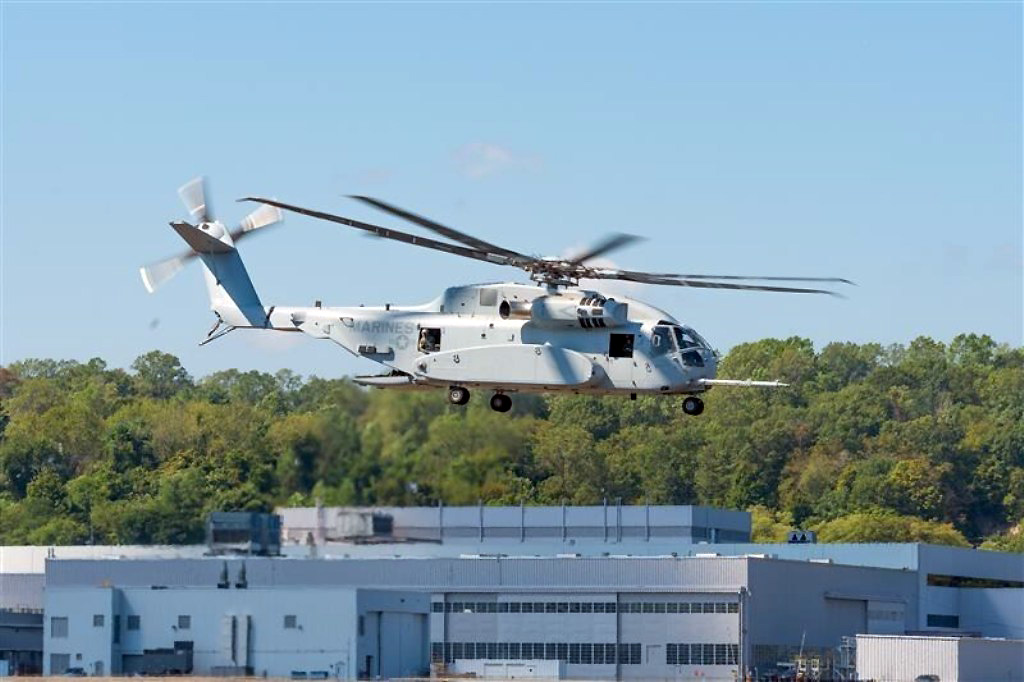Introduction of the Mk I Counter-Unmanned Aircraft System Missile
Frankenburg Technologies has officially unveiled its Mk I counter-unmanned aircraft system (C-UAS) missile at its headquarters in Tallinn, Estonia, signaling a significant advancement in aerial defense capabilities amidst increasing UAV threats in various regions.
Strategic Deployment Plans
During a press briefing on September 22nd, Frankenburg’s CEO, Kusti Salm, shared insights into the missile’s impending production and deployment across Europe. Notably:
- The Mk I missile has already been introduced in all three Baltic nations.
- Future deployments are set for Poland and Denmark, with additional plans for Germany.
Frankenburg maintains a presence in several countries, including Denmark, Germany, Poland, Ukraine, and the United Kingdom.
Cost-Effective Alternative to Traditional Systems
Salm emphasized the economic advantages of the Mk I, which is priced at approximately one-tenth of the Stinger man-portable air defense system (MANPADS). While the Stinger system is geared toward countering helicopters, the Mk I is specifically tailored to address threats from low and slow-flying unmanned aerial vehicles (UAVs), a pressing concern for current defense scenarios in Ukraine.
Target Identification
The Mk I missile is designed to engage a variety of aerial threats, including:
- Long-range attack drones like the Shahed
- Reconnaissance UAVs such as Orlan and ZALA
- Small and slow-moving UAVs
- Loitering munitions, including Lancet and Mavic systems
- First-person-view (FPV) drones
Technical Specifications and Features
Frankenburg characterizes the Mk I missile as a high-precision, compact, ultra-short-range air-defense system, enhanced by artificial intelligence (AI) capabilities. Key specifications include:
- Length: Approximately 650 mm
- Weight: Less than 2 kg
- Deployment: Lightweight and user-friendly for rapid deployment in various operational environments, including urban and frontline settings.
Conclusion
The introduction of the Mk I missile represents a significant innovation in counter-drone technology, poised to enhance defense capabilities against emerging aerial threats. As global defense landscapes evolve, systems like the Mk I will play a crucial role in shaping strategic responses to UAV proliferation.
This breakthrough is part of a broader trend in which nations reassess and augment their air defense strategies in light of rapidly changing security dynamics.





